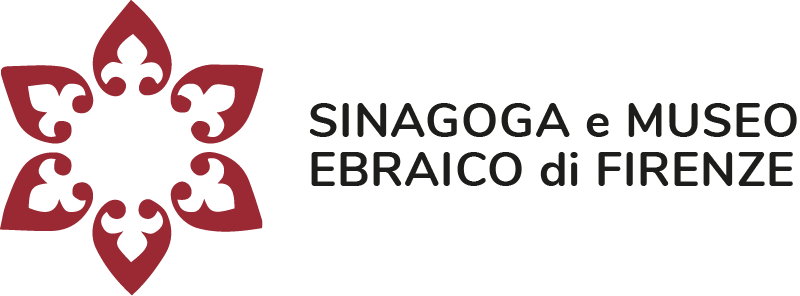Museum opening hours
From 1st October to 31st May: Sunday to Thursday 10.00 am – Friday 10.00 am – 3.00 pm
From 1st June to 30th September: Sunday to Thursday 10.00 am – 6.30 pm – Friday 10.00 am – 5.00 pm
last tickets sold 45 minutes before closing time
The Synagogue and Museum are closed to visitors on Saturday and on Jewish holidays
